
***
On Saturday morning, we gathered on the Edge above Baslow. The rocky landscape here is one we know well, capturing and melding the wild essence of the land with the lives of its people, through history, necessity and modern Man’s pursuit of beauty.
***

***
You have to wonder if the stark beauty of the high crags with their panoramic views over the valleys played a part in why our ancestors chose this spot to build a settlement. It is logical to assume that the dictates of practicality and safety made them seek a place with water and a defensive position. We know that many of these sites were considered sacred too, given the purposes for which they were used. To a culture already crafting beautiful things and colourful garments, perhaps the land itself spoke to them and asked them to call it home.
***

***
It would not have mattered which way we had chosen to walk… there is history beneath every step here, from the cairnfields and stone circles of the Barbrook complex, to the enclosure, rock art and standing stones of Gardom’s Edge, the ancient settlements of Big Moor…or the cairnfields around our destination, the Eagle Stone.
***

***
We opened our day with a visualisation, then the party separated. Some chose to walk along the path that runs along the Edge, where the view over Derbyshire is spectacular. Others followed the more direct path, keeping our eyes open for the ‘scrying bowls’ we wanted to share on our return.
***

***
First though, we wanted to explore other aspects of fear, both physical and the more tenuous fear of failure and its consequences… or perceived consequences…within a community. As we gathered around the Eagle Stone, we asked if anyone could see a way to climb to the top.
***

***
The Eagle Stone is a naturally occurring gritstone boulder, some twenty feet high. Wind and rain have carved the huge boulder into fantastical shapes that give the stone a different face from every angle. While it is possible to see an eagle poised for flight from one position, there are laughing faces from others.
***

***
Some stories say that it got its name simply because eagles would perch upon the rock, other tales tell that it was cast there by a pre-Christian god, who could throw stones no mortal man could lift, and that its name should be Aigle’s Stone. It is also said to turn around three times when the cock crows… but we were a little late to verify that.
***

Aigle’s Stone is said to turn around three times when the cock crows.
***
The Eagle Stone stands close to a Neolithic cairnfield on the Edge above Baslow. Given its proximity to the many prehistoric sites of the area, it is safe to assume that it would have been seen as significant by our ancestors and that what has come down to us in folklore may have its roots in the distant past.
***

***
Local tradition states that, before a man may marry, he must scale the Eagle Stone. As there is no easy way to climb the overhanging rock, this test of manhood has, since time beyond memory, been used to determine a youth’s fitness to mate and provide. The custom persists, with groups of young men, adorned with bridal veils, gathering to help their friends to the top. Perhaps ‘manhood’ is not only defined by the ability to face fears and overcome hurdles, but by the ability to cooperate and help each other.
Going back through the mists of time, we might consider that this surviving folk custom had its roots in a deeper mystery. Was it seen as a rite of passage into manhood? Watched over by the ancestors in their cairnfield, was this test of physical courage, strength and ingenuity the test that carried boys into adulthood and gave them a place within the clan? If so, then failure would have had dire consequences, whether from a fall or by the loss of place and face within the community. Is it too much to imagine that those who succeeded became the warriors or hunters, the ‘eagles’ of their tribe?
***

***
We still face similar ‘tests’ today and our position within the community is too often ranked by our success or failure at climbing the social, academic or business ladders. We are frequently judged by what we can ‘bring to the table’, instead of who we are as human beings and the higher qualities of humankind that we can teach our children. Individuals value such qualities, societies, it seems, do not. Many who should be honoured for their kindness, compassion and self-sacrifice are simply swept under the societal table because their focus was not on the ephemeral glitter ball of its approval.
As we returned, we stopped to look at the ‘scrying bowls’ that dot the moors and a huge boulder perched upon smaller ones that looks for all the world like a collapsed dolmen. The scrying bowls are usually filled with water, but for once, they were empty. While they may be no more than natural features… and I have found no record of a dolmen here… it is entirely possible that they would have been recognised and used by our ancestors.
***

***
Our visit was more light-hearted than serious. There had been merriment as some of our company made an attempt on the Eagle Stone. There were dogs and their owners to greet, people whose barriers came down for a moment to share the laughter and the sunshine… a stark contrast to the sad faces we had seen in Eyam the day before.
To the ancients, the Eagle Stone and the cairnfield where their forefathers were buried may have been a gateway through which they could touch the Unseen. Such ideas are often dismissed as superstition, but we deal with the unseen all the time. We feel the peace in an old village church and the tension in the atmosphere of a room without any obvious cues. The atmosphere of Eyam had been as darkly infectious as the mood was light on this walk across the moors. As we left Baslow Edge behind and headed for lunch in Bakewell, we couldn’t help wondering what our companions would make of what we had planned for later…
***

*


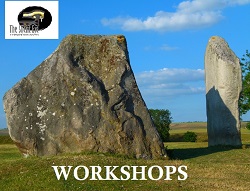

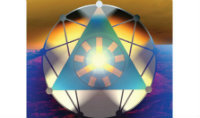

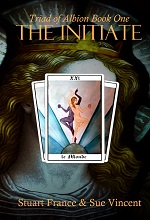


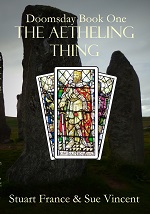
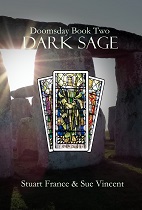
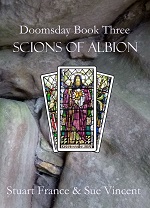
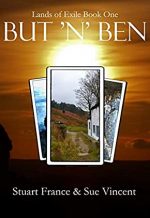






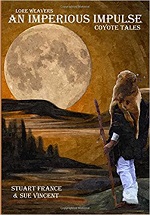


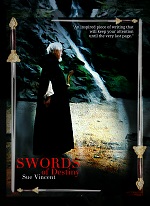

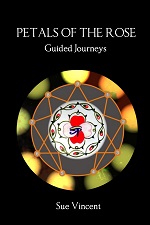






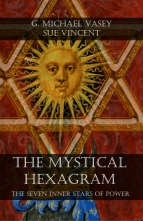

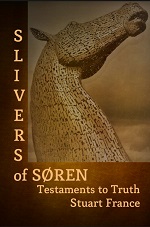





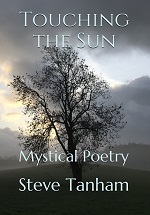

Cliffhanger endings again! 😀 … my first impression of yon Eagle Stone was that it looked rather , well, froggish. 🙂 … which is not to be disrespectful of course, I hold frogs in high regard, and this one seems to have a light-hearted twinkle in its eye. 🙂
LikeLike
Yes, I saw that too, from one angle…hard not to, once seen 🙂
LikeLiked by 1 person